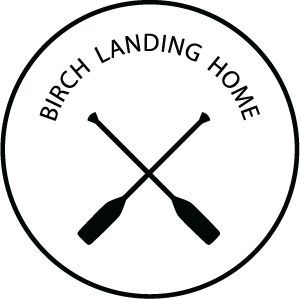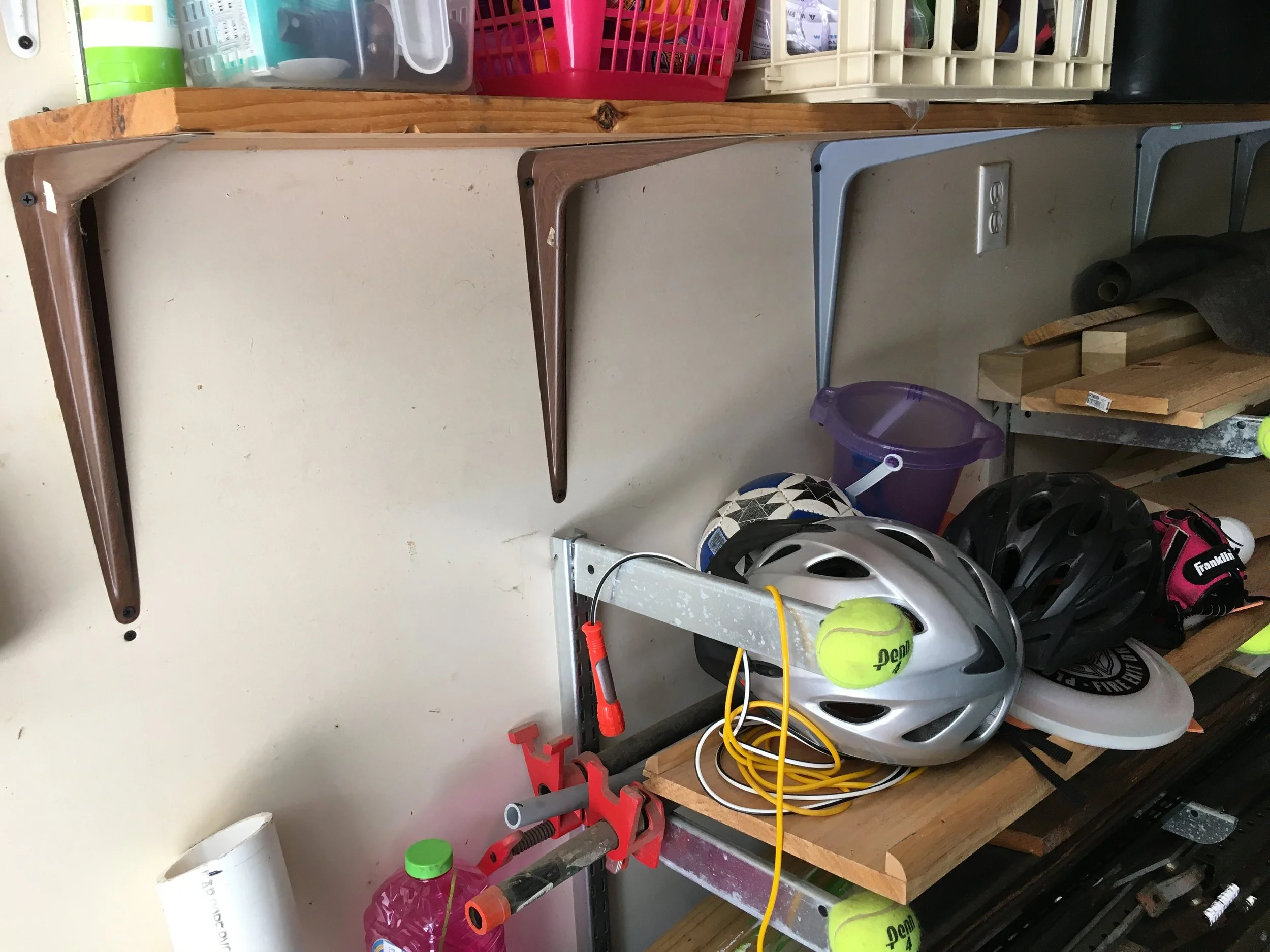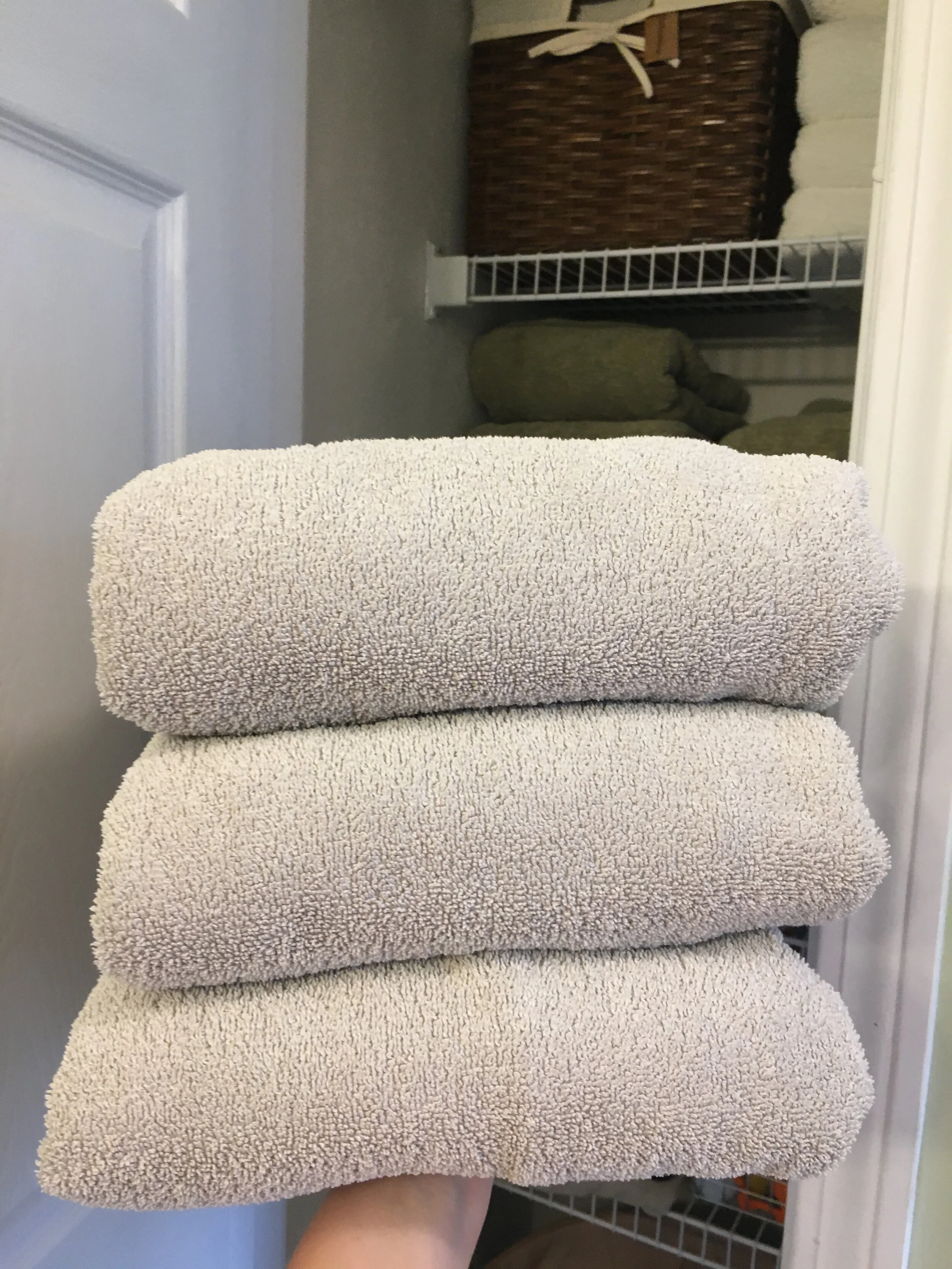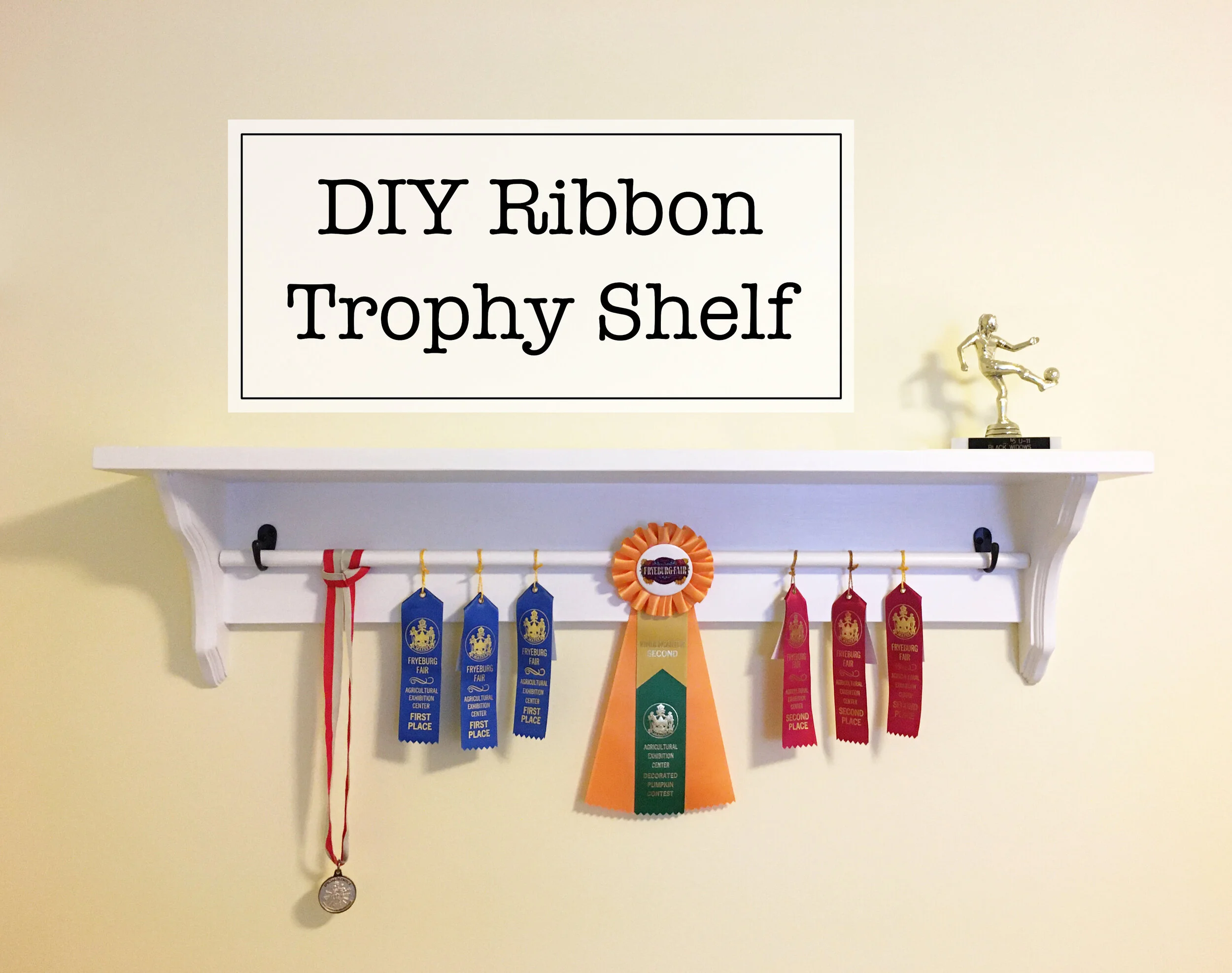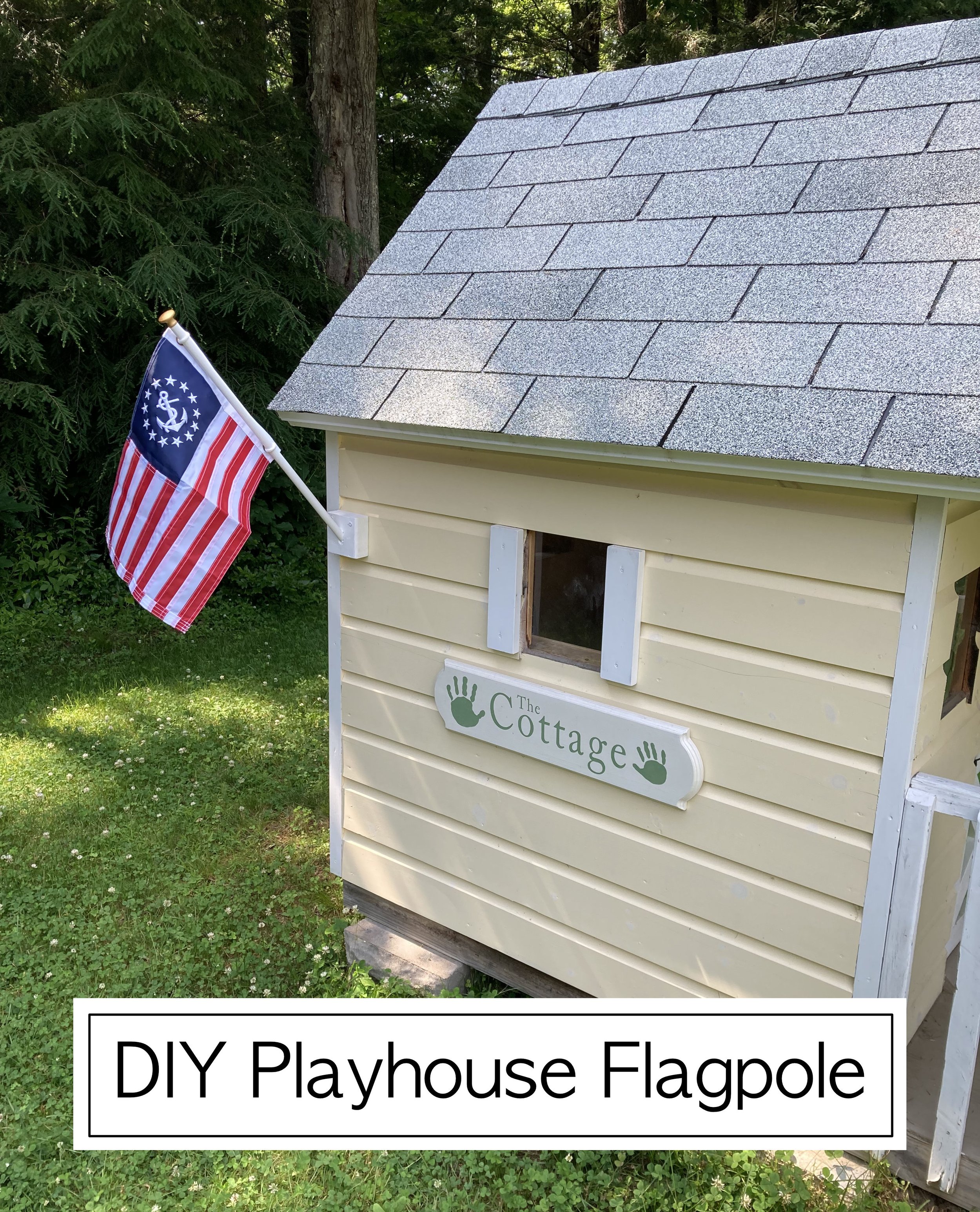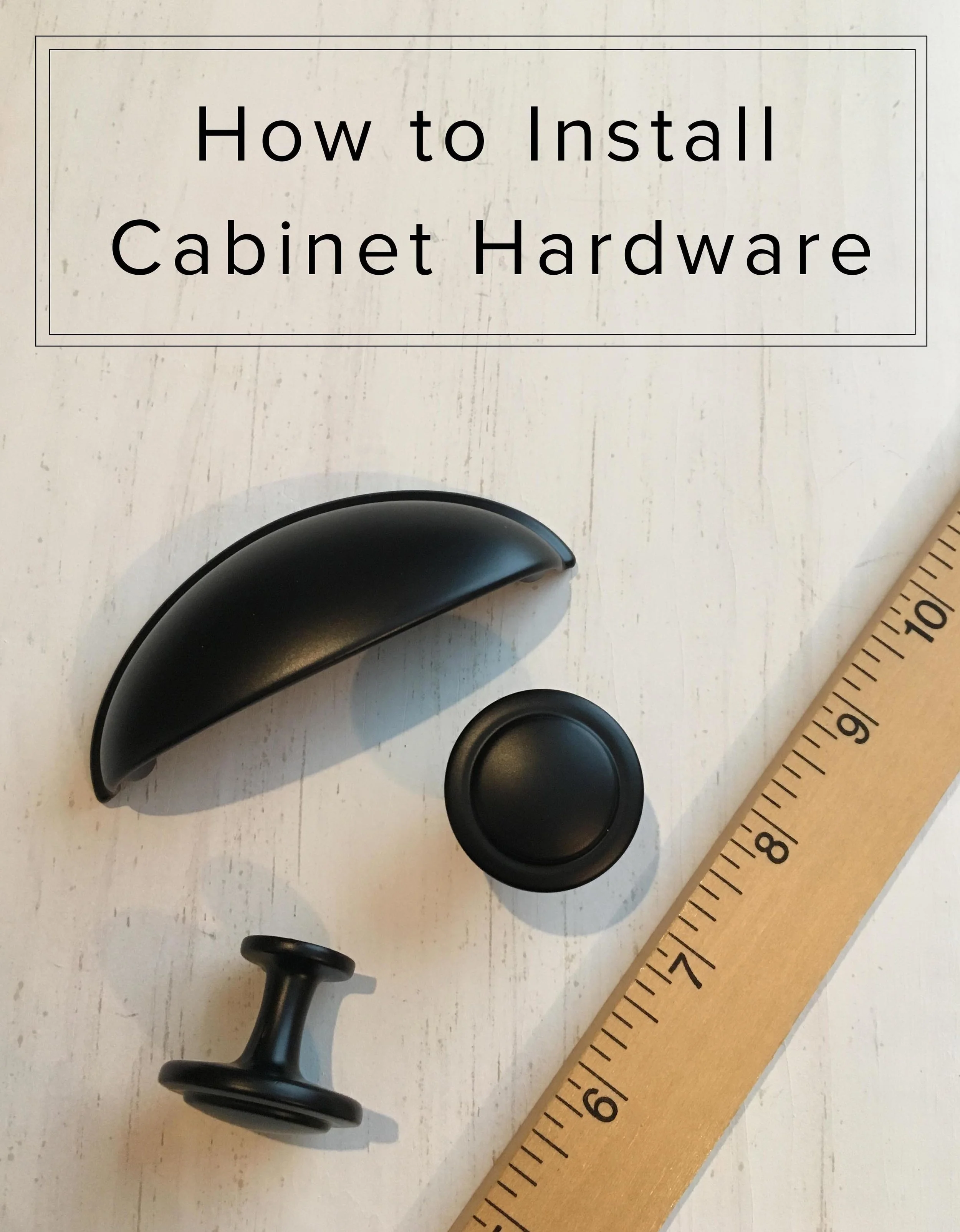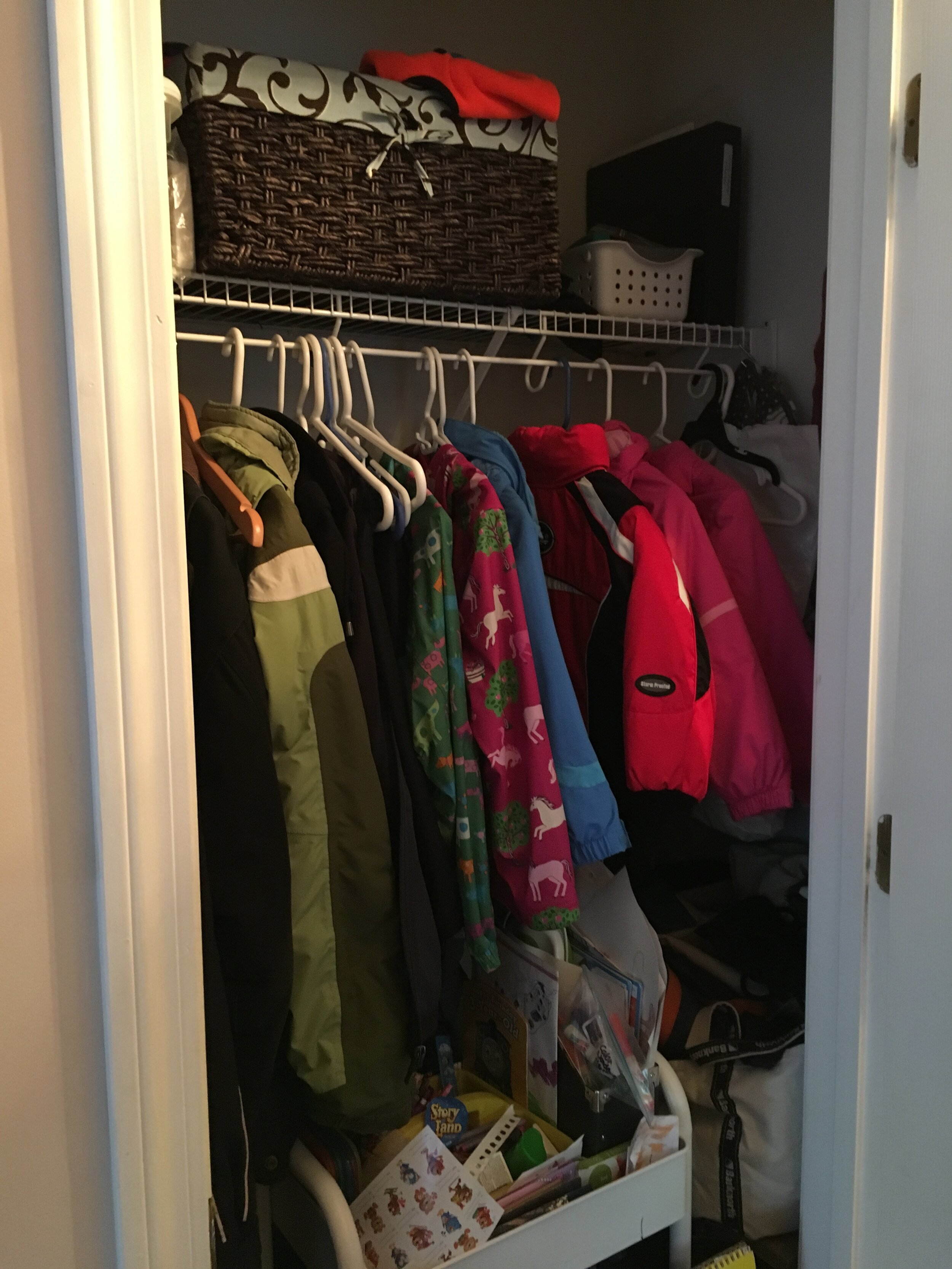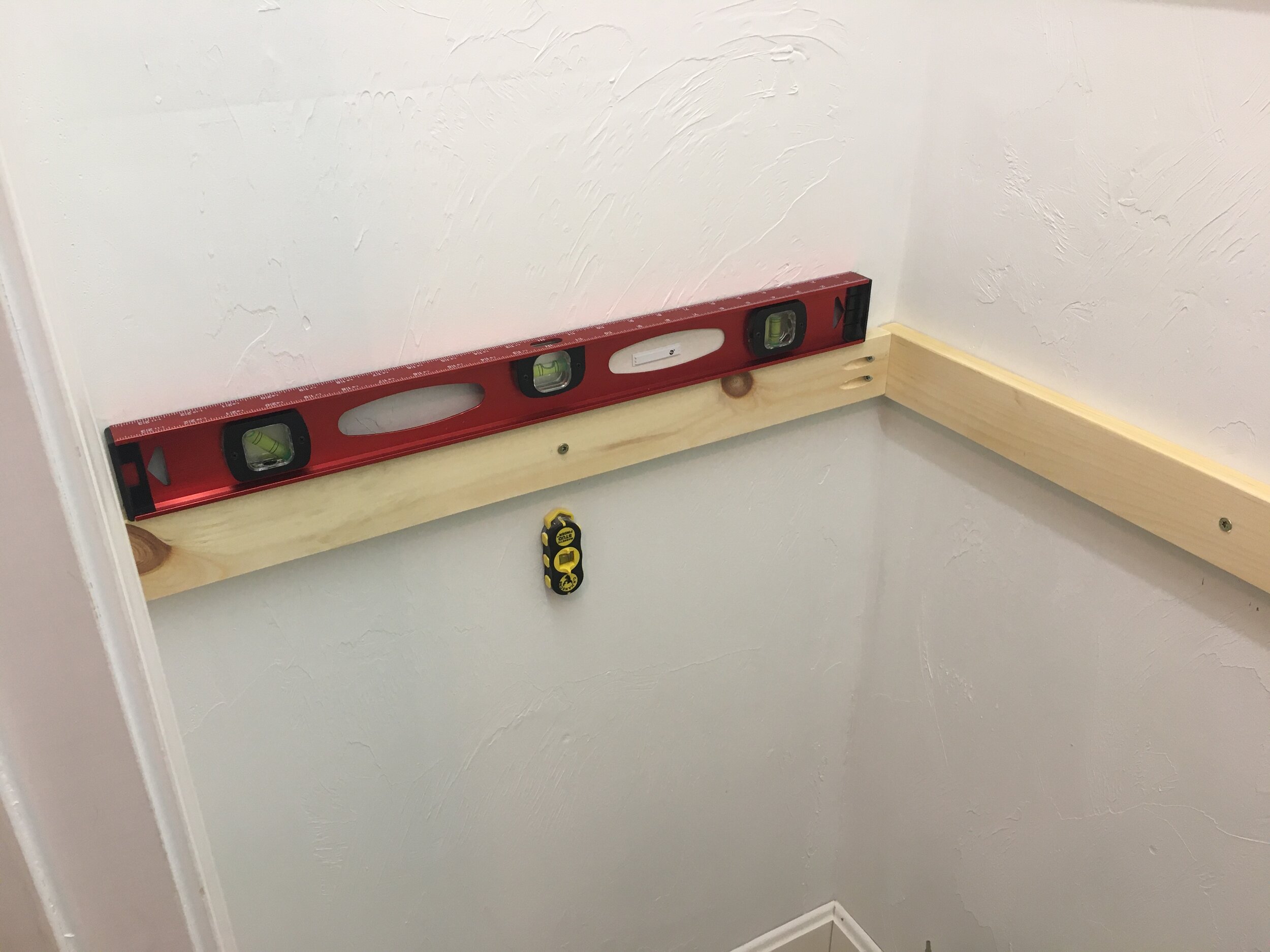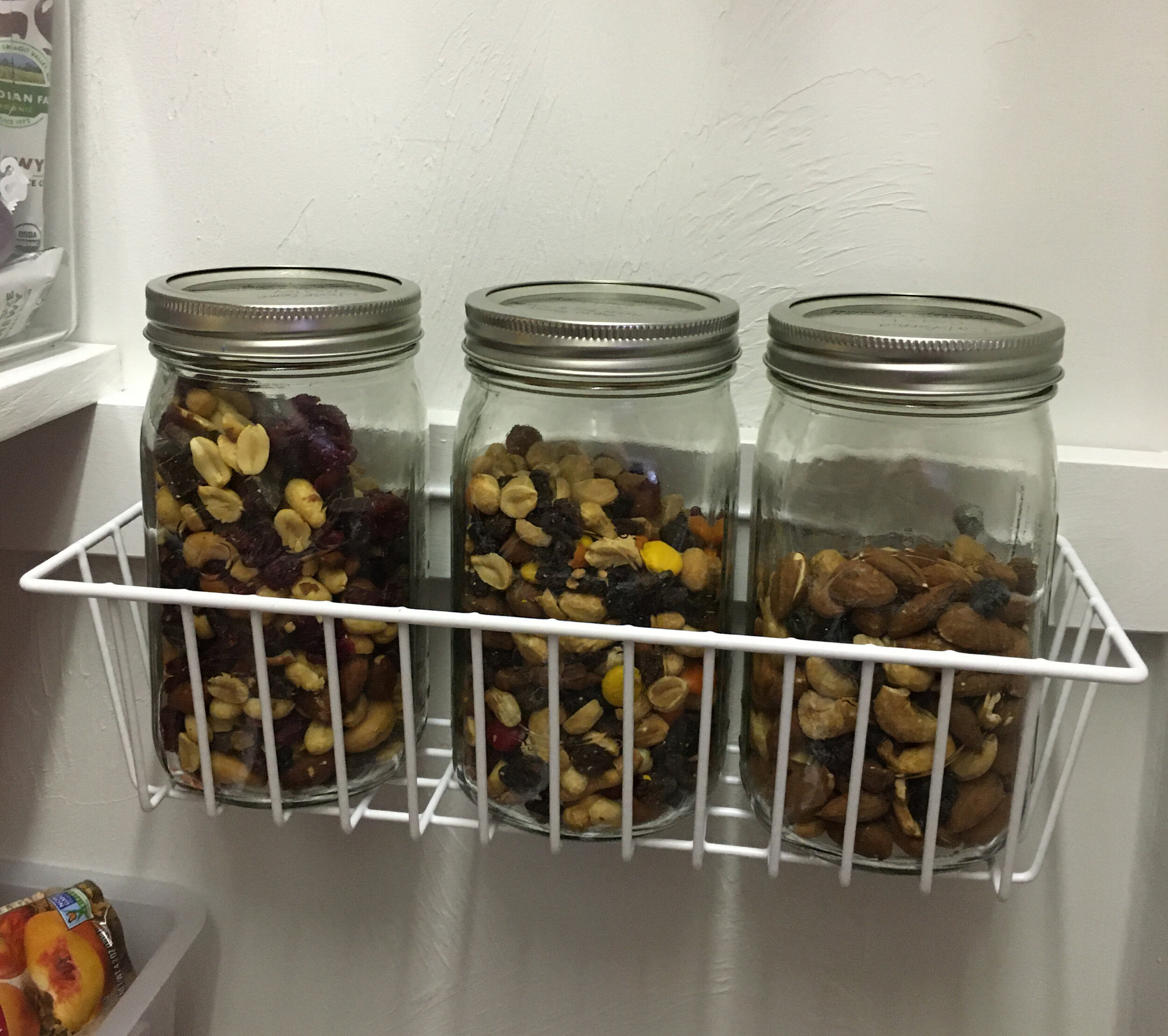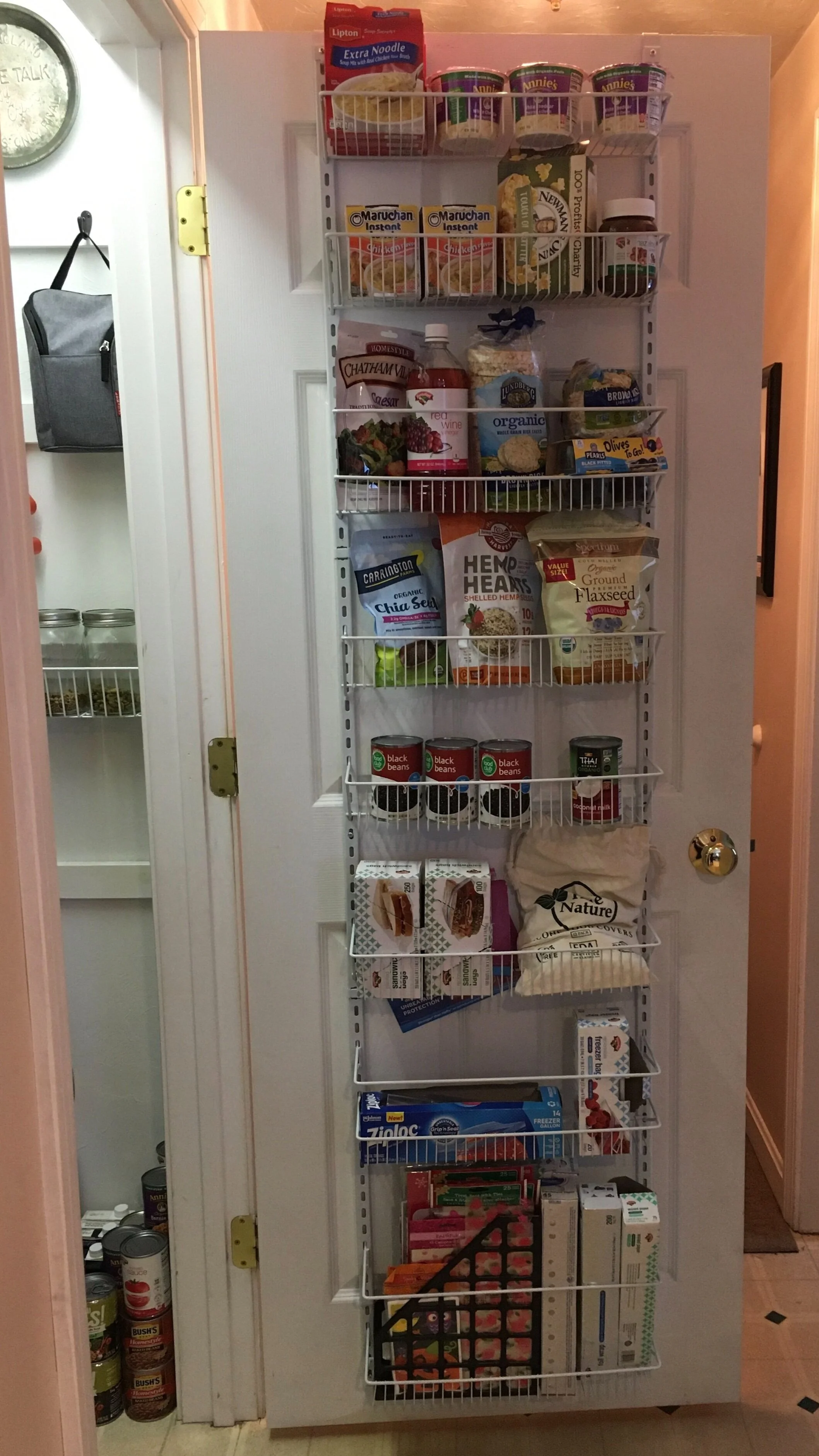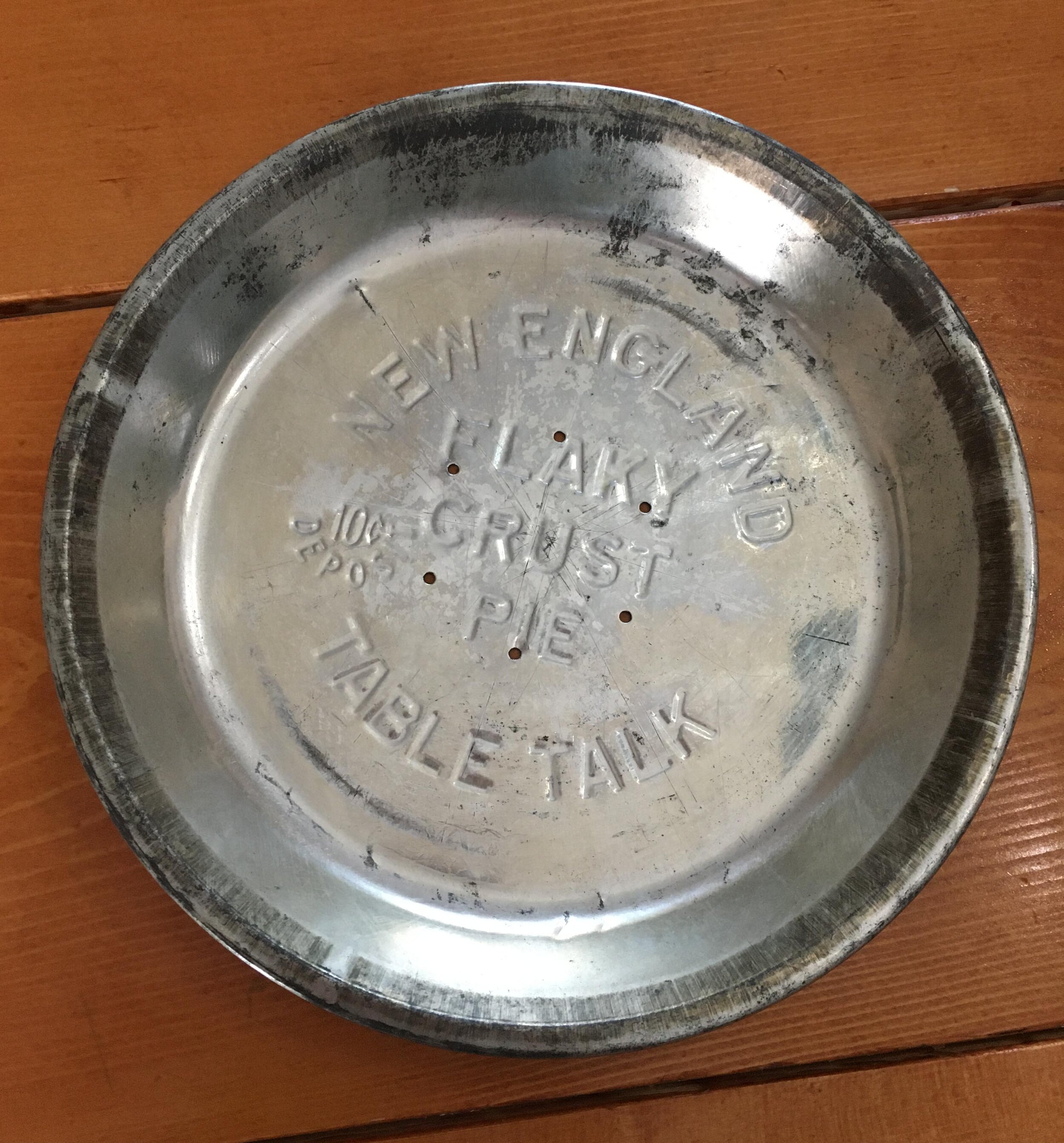Easy Bike Helmet Storage DIY
After getting sick of our family’s bike helmets constantly tumbling around the garage I thought it was high time we figure out a solution to keeping them corralled and within easy reach. The best part? It cost me nothing since I already had the hardware and scrap wood kicking around. | This post contains affiliate links |
This is the before…. the helmets usually got strewn about on our lumber rack because the shelves were too high for the kids to reach and it was a convenient spot by the back door. I could have made a low coat hook type rack for the helmets to hang from, but since the shelves and the wood rack are in the way all the available studs were blocked/used and I didn’t have anything to anchor into. So - I had to get creative. I decided to cut down some 1x3 scrap wood and anchor them from the bottom of the shelves to act as the back piece to the rack.
After cutting down the scraps and pre-drilling through the top of the wooden shelves, I simply screwed the back boards right into shelf from the top down.
After that, it was a simple matter of screwing in small hooks from which to hang the helmets from. I had a bunch of these small coat hooks left over from previous projects and they were perfect for this job. (I love these coat hooks because they're cheap and come in a big pack - great for adding random hooks around the house for keys, accessories, etc.)
The helmet rack has been working wonderfully and is a great, practical addition to our garage!
| Reflective Stickers we added to our helmets - these are also great for adding additional visibility to backpacks, jackets, bikes, gear, etc. |
KEEP UP WITH BIRCH LANDING HOME
| Etsy | Facebook | Instagram | Pinterest | Bloglovin' | Hometalk |
